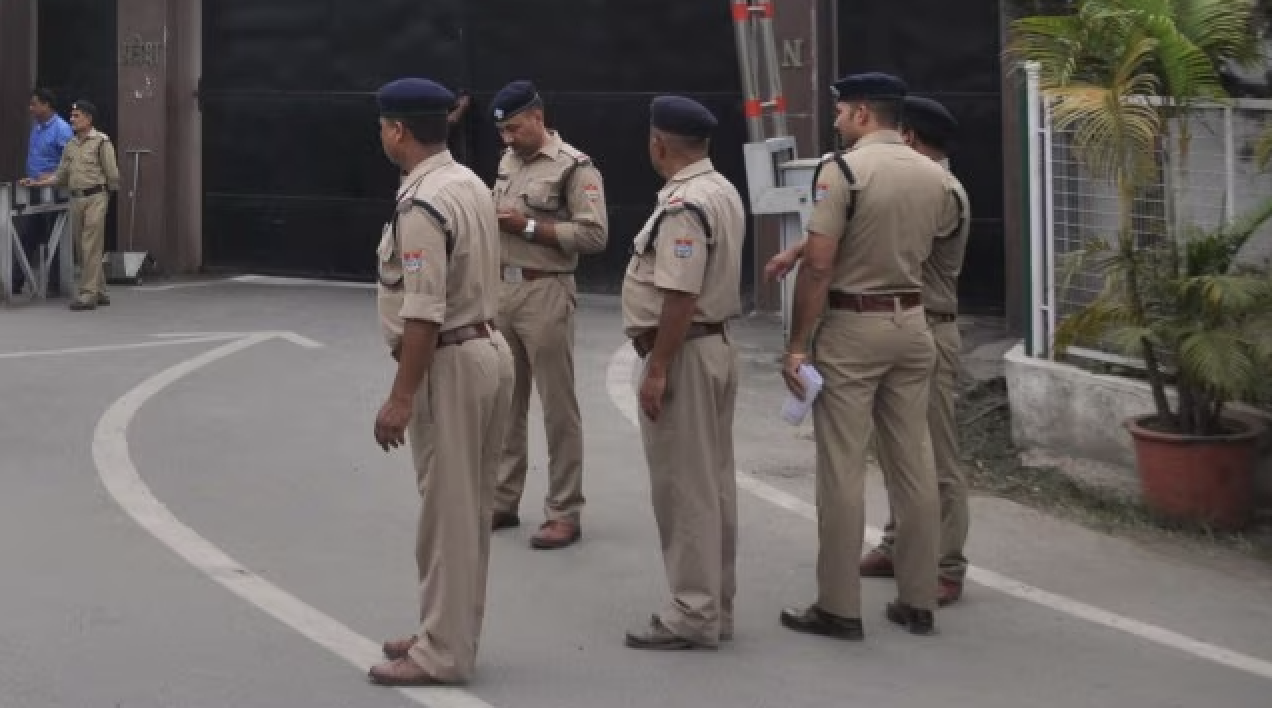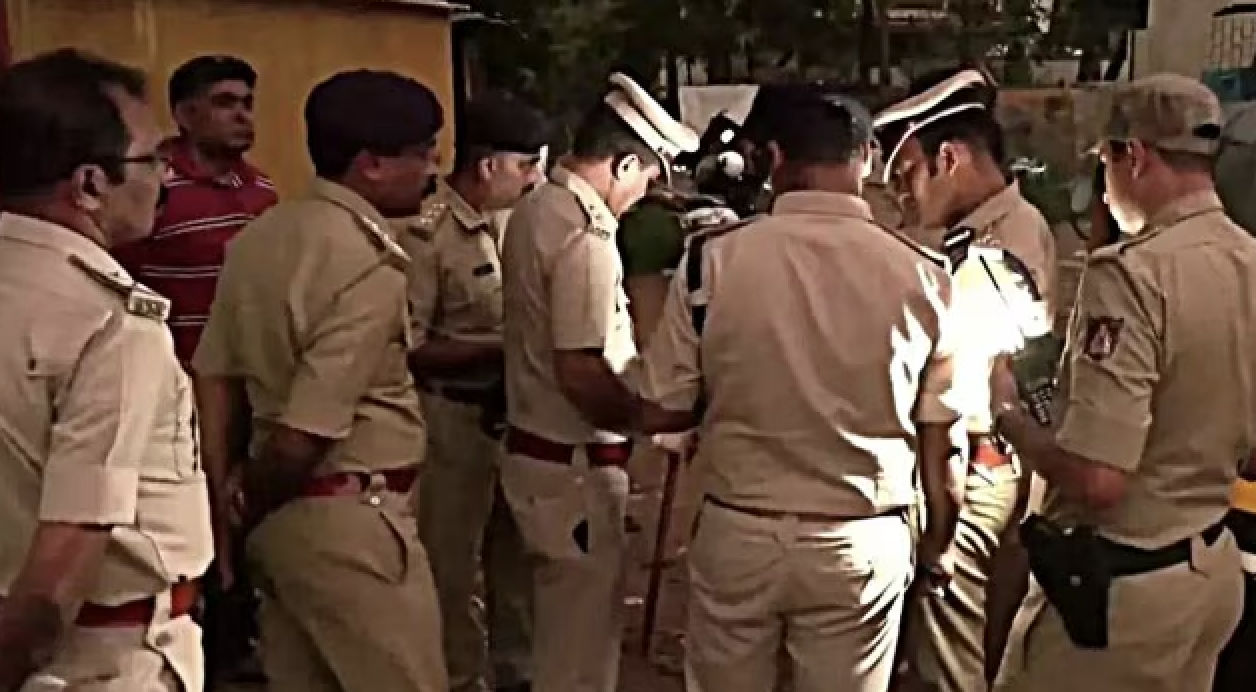
By Hilal Ahmed
Narendra Modi’s self-representation as a religious icon — a committed devotee of Indian tradition and nationalism — in overtly Hindu terms underlines an interesting political shift. Instead of relying merely on his established image of a vikas purush (visionary of development), Modi seems to invoke religious symbolism more directly. At the same time, he takes refuge in the conventional Hindutva-driven history to redefine the cultural elements of what is now officially called the New India.
Modi’s speech in Banaras is an excellent example of this shift. Inaugurating the Kashi Vishwanath Dham Corridor, he made two crucial arguments. First, India’s cultural geography must be seen through the prism of Hindu temple heritage. He talked about the Guruvayur temple of Kerala, Kanchipuram-Velankanni in Tamil Nadu, Jogulamba Devi temple in Telangana, Belur Math of Bengal, Dwarka in Gujarat, and Parshuram Kund in Arunachal Pradesh to claim that these sites represent the authentic faith and culture of India. Sri Kartarpur Sahib corridor, Sarnath and Kashi’s four Jain Tirthankaras were also accommodated in this long list of sacred sites and personalities. However, Islamic religious places of worship are strategically excluded. Modi did mention the name of Ustad Bismillah Khan in this speech. Yet, he was able to legitimise the conventional division between the “authentic” Indian faiths (Hinduism, Sikhism, Buddhism, and Jainism) and the “alien foreign” religions (Islam and Christianity).
Modi’s second argument was more direct. Underlining the uniqueness of Banaras as a symbol of India’s resistance, Modi said, “…history is witness to Aurangzeb’s atrocities, his terror. He tried to change civilisation with the sword. He tried to crush culture with fanaticism. But the soil of this country is different from the rest of the world. Here, if an Aurangzeb comes, a Shivaji also rises. If a Salar Masud marches ahead, warriors like Raja Suhaldev make him realise the power of our unity.”
It is worth noting that Modi often avoids making any direct comment on controversial historical personalities such as Aurangzeb, especially after 2014. Unlike other BJP leaders, Modi remains silent on the Mughal past. However, this time he took a different position. Without describing the meaning of “our unity”, he was successful in communicating the conventional Hindutva argument that Indian nationalism could only be defined in a Hindu-versus-Muslim framework.
These two claims — envisaging India as a sacred land of Hindus and defining Indian history as a battleground of religious conflicts — are not entirely new. However, Modi’s political enthusiasm in the post-Ram temple scenario has given a completely new meaning to them.
In my view, there are four crucial aspects of this political shift. First, it shows that Modi is keen to redefine the Hindutva-development configuration radically. Modi introduced himself as a committed development-oriented leader in 2014 — a champion of the Gujarat Model and the practitioner of good governance. This developmentalism was carefully amalgamated with Hindutva in the 2014-2019 period.
Hindutva groups at the grassroots level were given maximum freedom to pursue a violent anti-Muslim agenda. The middle-level BJP leadership also contributed significantly to legitimising aggressive Hindutva with the help of the media. Modi, however, maintained a strategic silence. In a way, he gave tacit support to the Hindutva agenda, while emphasising “sab ka saath, sab ka vikas”. This silence helped him to carve out a political space for himself.
The Covid catastrophe, the farmers’ movement and the growing economic crisis, it seems, have forced Modi to reverse his previous position. The idea of development is no longer separated from Hindutva. Instead, development is defined as a constitutive element of it. This is precisely what Modi said in his speech. He argued that today’s India is not only making temples but also working hard to achieve overall development. The intensive use of religious iconography by Modi is the second aspect of this political shift. His clothes, long beard, and his preference to have mighty podiums to hold public meetings are crucial changes in his public appearance.
This story first appeared on indianexpress.com






